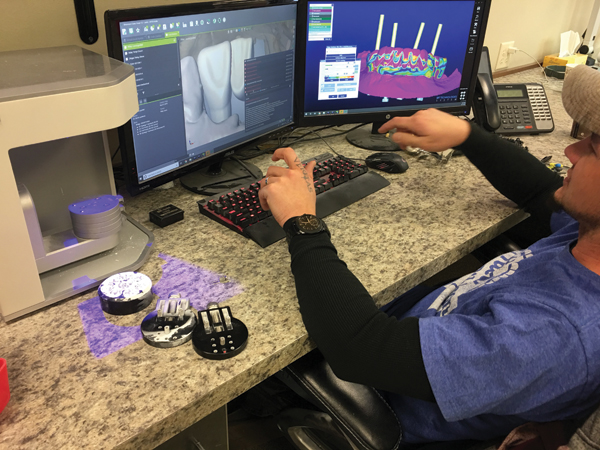
Several companies in Western countries have begun to supply and sell a CAD/CAM cutting guide for the mandible region. Following this evolution of CAD/CAM, osteocutaneous flap transfers using CAD/CAM are now used in the field of mandibular reconstruction after an oncologic wide resection of malignant tumors 1, 2, 3. The use of CAD/CAM techniques has recently increased in dental and denture work. These methods may be used to assist surgeons where commercial guides are not available.

To check the accuracy of the guides, model surgery using 3-D-printed facial and fibular models is performed. stl files and three-dimensionally (3-D) printed as actual surgical guides. Not only the cutting guides for the fibula and maxilla but also the location arrangement of the transferred bone segments is defined by thickening the superficial faces. These superficial faces are united to fit the surface of the bones and thickened to stabilize the solids.

Once the resection area is decided, the necessary faces are extracted using a Boolean modifier. By using the CAD software, the maxillary resection area and cutting planes and the fibular cutting planes and angles are determined. Because this technique is expensive and available in only limited areas of the world, we developed a novel CAD/CAM surgical guide using an in-house approach.

Computer-aided design/computer-assisted manufacturing (CAD/CAM) is now being evaluated as a preparative technique for maxillofacial surgery.


 0 kommentar(er)
0 kommentar(er)
